Growing honeyberries
Honeyberries are such a treat in my garden. Growing honeyberries is really easy and you can start harvesting them early in the season. This is how I grow my honeyberries!
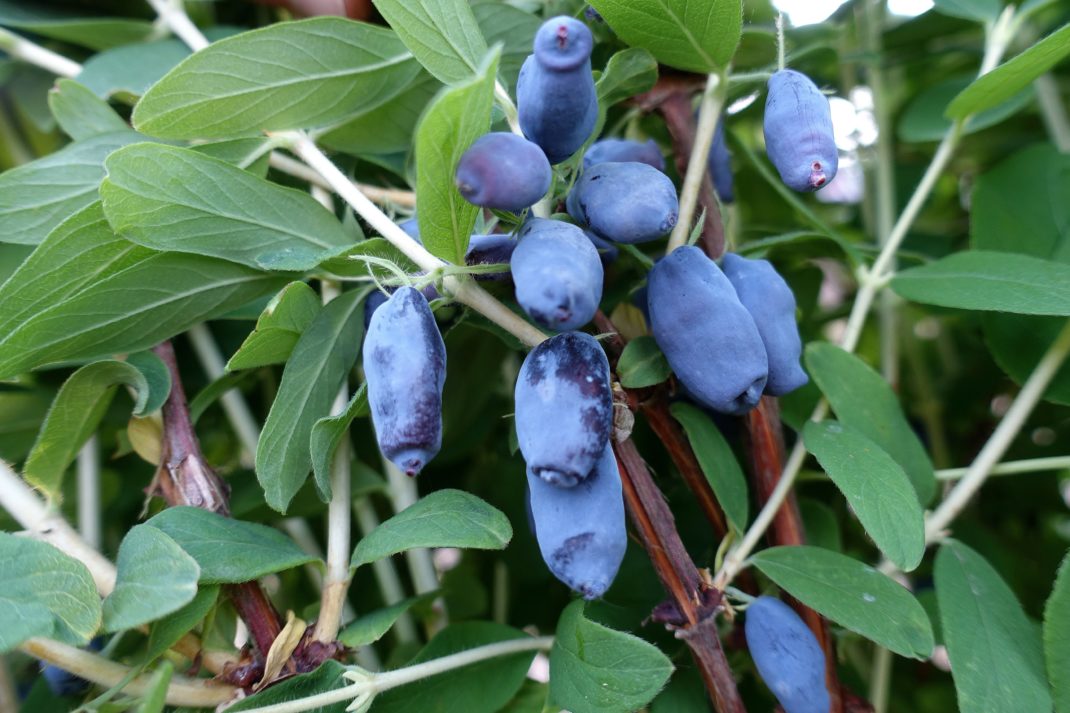
This is what the berries look like on the bush. So beautiful and easy to pick!
Yippie!
It's been six years since I decided to start growing honeyberries and this year, the bushes finally produced their first large harvest. The berries are oval and a bit funny looking, they have a slightly tangy taste that goes so well together with my sweet strawberries. It's always a bit of a challenge to get my children to leave the berries alone until they're ripe. The honeyberries turn blue when they ripen but it can take a few days (or up to two weeks in some cases) before they are sweet enough to eat.
Watch this video to learn more about how to start growing honeyberries at home:
Many reasons to grow honeyberries
There are many reasons to grow honeyberries, I especially like that they get ripe quite quickly compared to regular blueberries. Some varieties are ready to eat already in May. Coincidentally, that's actually when I picked my first honeyberry this year!
The bushes are also very easy to grow, you can put them in regular garden soil as opposed to blueberries that need to grow in peat moss. Honeyberries are all in all low-maintenance plants that grow without any fuss.
Honeyberries are also very hardy with a high tolerance to cold, so you can still grow them even if you for example live in the far north.
Honeyberries are not only tasty and easy to grow, they are also extremely healthy! The berries are packed with vitamin C, almost as rich in vitamin C as black currants. And they contain more antioxidants than blueberries!
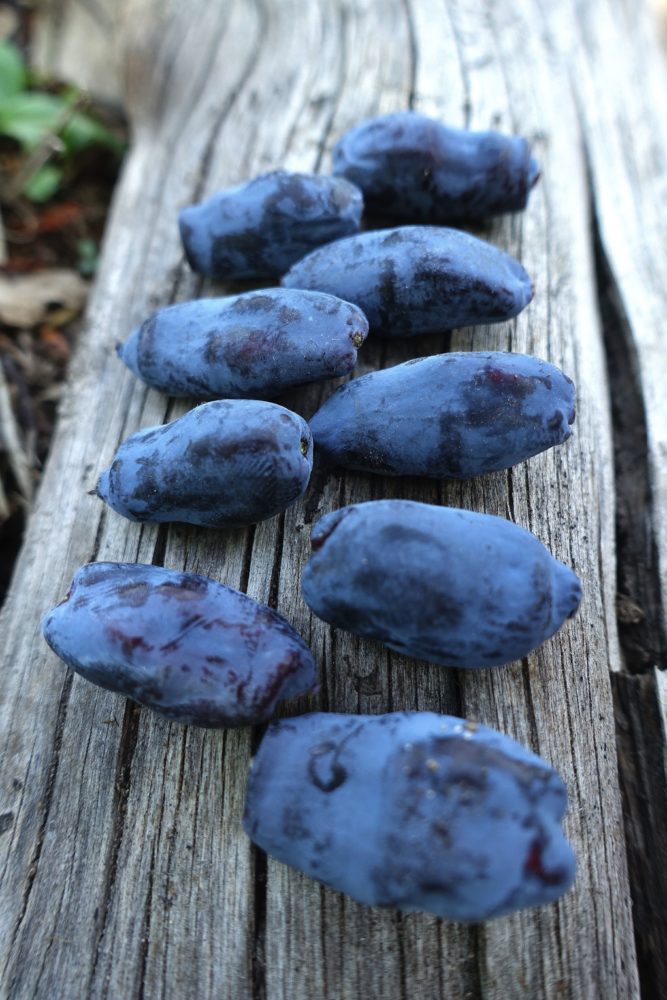
Honeyberries are very large compared to blueberries for example. They taste a bit like bilberries.
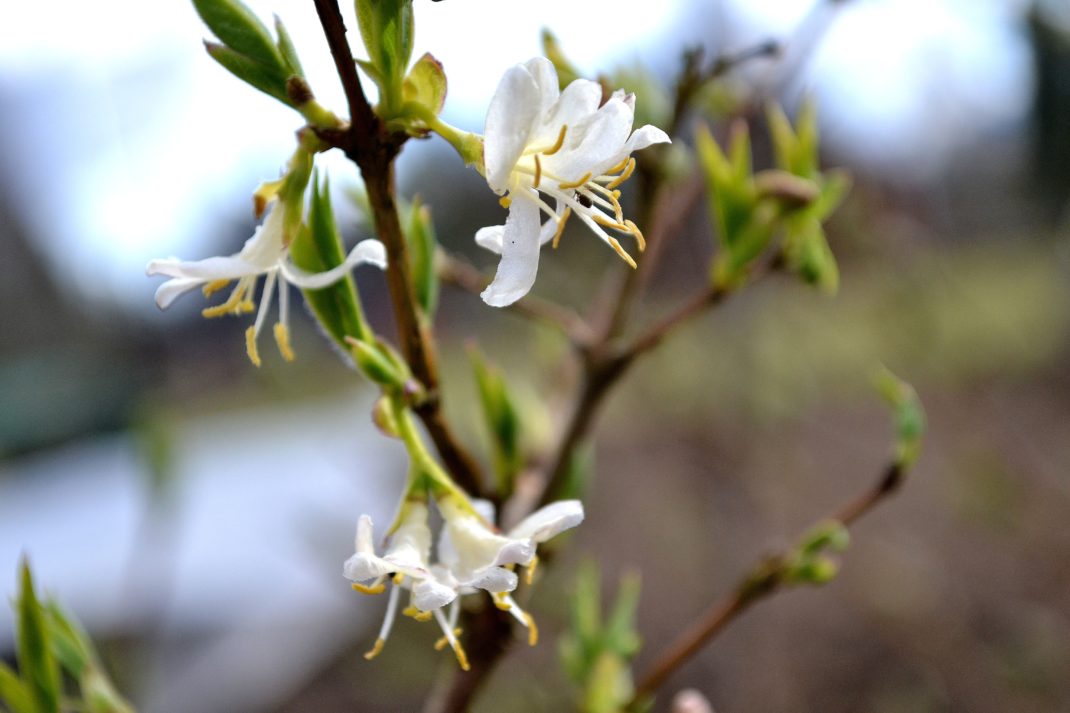
This is what my honeyberries look like when they bloom. The picture was taken in April, zone 3 in Sweden.
Planting honeyberries
Make sure to buy several different varieties when you're planning on growing honeyberries. They pollinate each other and you'll get the best result this way. Research the varieties you are interested in or ask the salespeople in the garden shop for help. There are two types of honeyberry bushes to choose between, the Russian and the Canadian varieties. They will bloom at different times, so make sure to put the bushes with other varieties from the same category.
Honeyberries are very easy to grow. I put my bushes in a sunny spot, which is supposed to be the best location for them. You can put them one by one or plant them as a hedge. Just make sure that you don't put your honeyberry bushes too far apart. The insects need to find their way between the flowers. Some honeyberry varieties grow very large, so make sure to take this into consideration when you plant the bushes. Dig a hole, water it, put the plant down (the same depth as the pot it came in), put the soil back and then you're all set!
I always try to cut the bushier plants a bit so that the roots don't need to support a large plant with water and nutrition the first time. I find that this helps the bushes root properly in the beginning.
If you're having a really dry summer, you might also want to cover the soil with mulch to prevent the water from evaporating.
Blooming early
I almost can't believe it when the honeyberry flowers suddenly appear, seemingly out of nowehere in April. I usually notice the change when I hear insects buzzing in the bushes. The honeyberry flowers are bright yellow and so pretty! Little green berries show up shortly after the flowers are gone. The berries grow so quickly, I can start harvesting them already in June. I need to wait a bit longer for some varieties though, some of them are ready in July.
The berries should be dark blue. I once got pink berries on one of my bushes. That's a big red flag. If you get any other color than blue, you have the wrong bush. Honeyberries have some close relatives that are poisonous. I accidently got the wrong variety from the garden shop. Always make sure that you have the right variety and never eat berries that aren't blue. I'm guessing that I'm not the only one with this problem! The variety I was going for was Eisbär.
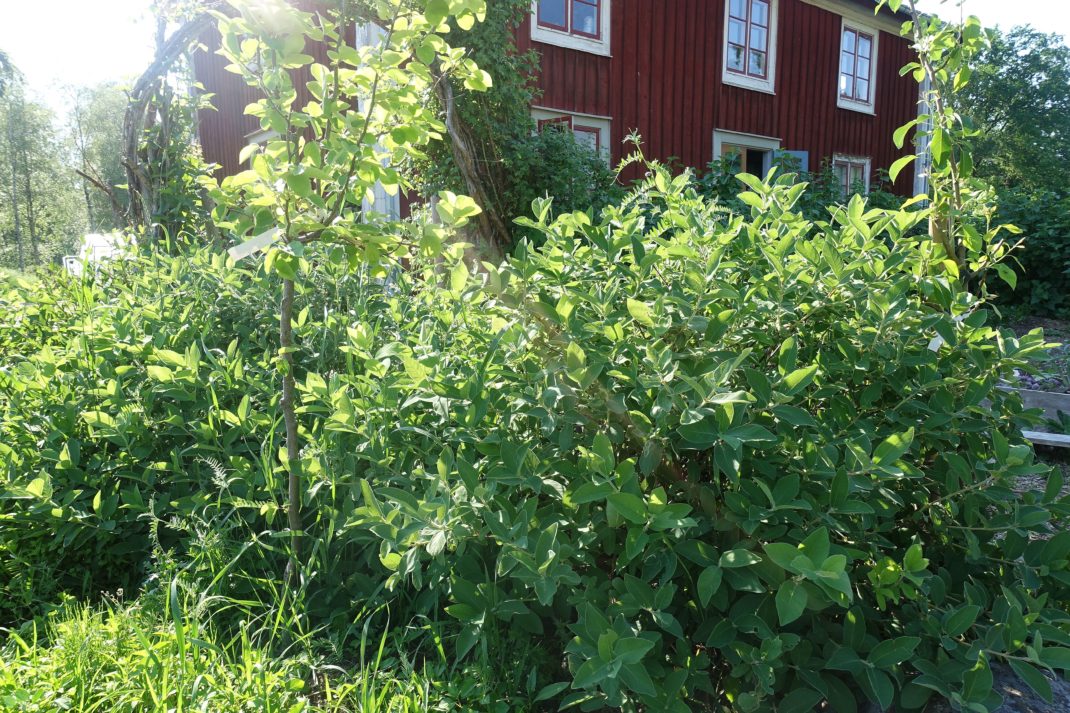
This is what the variety Anja looks like when fully grown. It's a low-growing variety and the branches stay close to the ground. It's a lovely berry bush, it's one of the most common varieties you can find in Swedish garden shops.
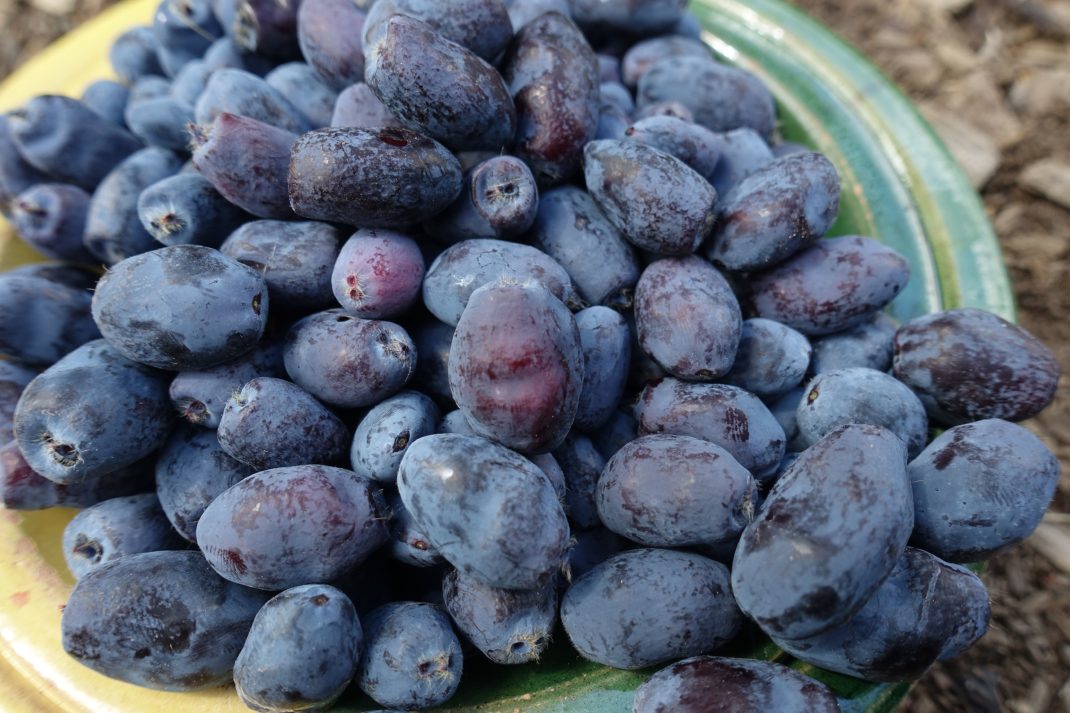
Eat the fresh berries or use them for jam or pastries. You can put them in the fridge for some time, or freeze them if you want.
Many varieties to choose from
There are so many varieties out there you can choose from! The variety shown in the pictures above is called Anja, the berries are large, round and sweet. This variety is perhaps not known for producing the largest harvests. I will have more large bushes of different varieties next year that I can compare it to.
I'm growing these varieties in my garden:
Borealis (Canada)
Honeybee (Canada)
Kalinka
Docz Velikan
Strezhevchanka
Jugana
Eisbär
Anja
Blue Rocket
I hope this article inspired you to start growing honeyberries (or haskap berries) in your own garden. Check out my YouTube channel Sara's Kitchen Garden for more content on growing honeyberries. Good luck!
/Sara Bäckmo
14. July 2018
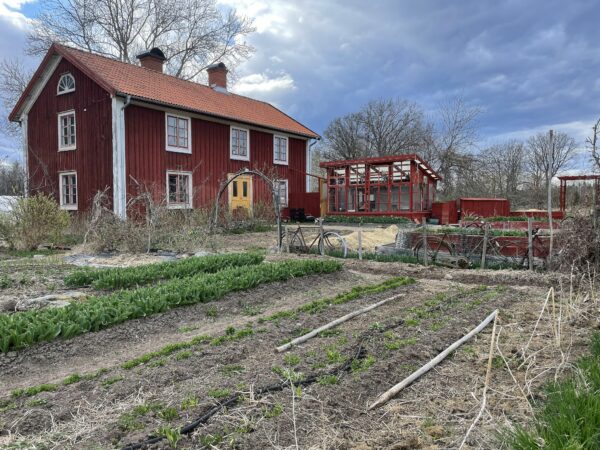
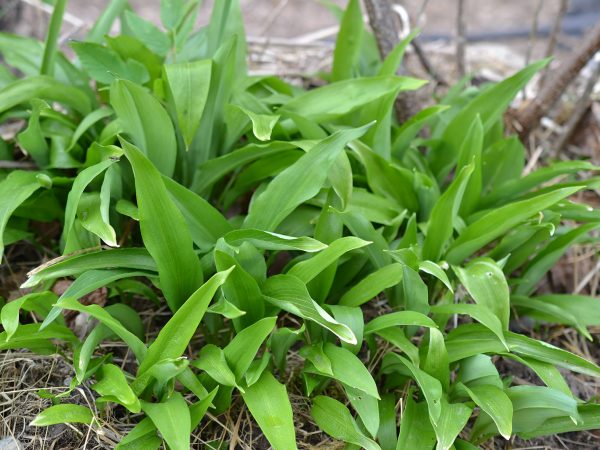
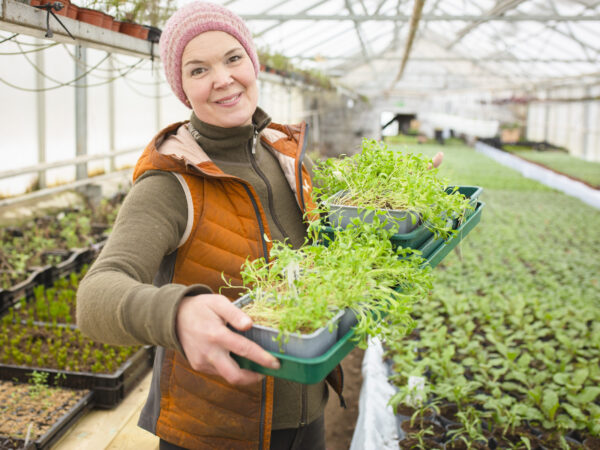
Great article thanks. We've 3 honey berries we got from somebody on gumtree, but the fruit is always really bitter and never gets sweet no matter how long we leave them. I've only left them in for early pollinators, reading this I think maybe it's not a proper honeyberry!
Thank you so much for your kind comment. Take care! /Sara